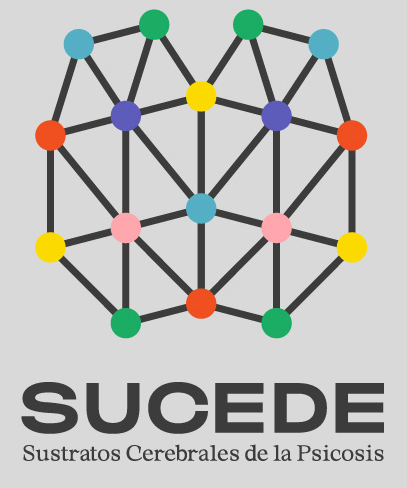Uncovering Schizophrenia Biotypes: The Path to Therapeutic Precision
The SUCEDE research group’s work has focused on breaking down the heterogeneity of schizophrenia by identifying distinct cerebral biotypes, aiming to overcome the limitations of symptom-only diagnoses. Early studies, dating back to 1996, observed that schizophrenia patients who responded effectively to the drug clozapine already had a different neurobiological profile, showing greater initial activity in the basal ganglia and thalamus. Interestingly, the therapeutic effect of clozapine was associated with a decrease (hypoactivation) in activity in these and other key regions, such as the prefrontal cortex, suggesting that improvement stems from compensating for an overactive basal brain state.
Subsequently, research identified two main groups (Clusters) based on anatomy and cognition. Cluster 1 (more altered) is characterized by severe anatomical changes, such as reduced cortical thickness and more pronounced cerebral folding, in addition to presenting worse cognitive deficits. This group exhibits cortical inhibition dysfunction, which is reflected in a lower capacity for brain activity modulation (less complexity) and basal overactivation in certain bands. Critically, these Cluster 1 patients show worse real-life outcomes, including a lower employment rate and more hospital readmissions.
In contrast, Cluster 2 (less altered) maintains anatomy and cognition closer to healthy controls. The main goal of these findings is to drive the development of precision medicine in psychiatry. By accurately identifying the underlying neurobiological deficits, such as the inhibitory deficit in Cluster 1, science can move toward designing targeted clinical trials with new drugs that specifically modulate GABAergic transmission or other affected systems, thus optimizing treatments beyond traditional symptom classification.
These discoveries lay out a clear roadmap for the future of research, aligning with international trends also seeking biologically based subgroups. Currently, the group is focused on studying how these inhibition patterns can be pharmacologically corrected, assessing whether treatments acting on the inhibitory system (such as GABA receptors) have a better effect in patients with a more marked inhibitory deficit. The main challenge lies in recruiting the necessary sample to confirm these predictions and make predicting antipsychotic response through neurobiology a reality in clinical practice.



